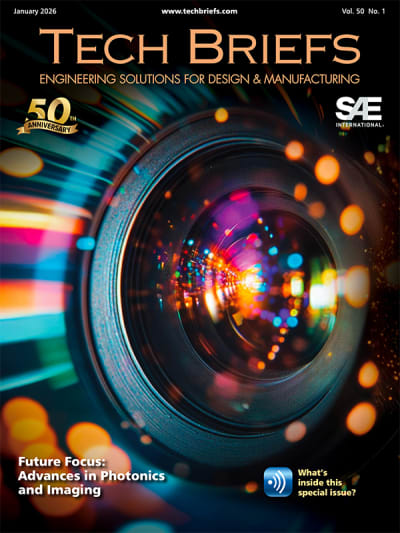Castrol, MIT Media Lab Team Up to Support Lunar Landing Research
Castrol has joined MIT’s Media Lab to support its AstroAnt Payload Program — a miniature robotic swarm designed to perform various inspections and diagnostic tasks on the surfaces of spacecraft, rovers, and landers. Watch this video to learn more about the AstroAnt robot and its mission to the moon.
“At Castrol, we are moving forward on a pathway of change. We have been involved in the Space industry for over 65 years, including many of the pioneering Apollo missions. The success of autonomous machines like AstroAnt will be critical for remote maintenance operating in environments where repair or failure is not an option.” Michelle Jou, CEO Castrol .
Transcript
00:00:01 [Music] so what we're trying to do with the Astro ant here is a technology demonstration mission of what would be a much larger deployment how can you in the future have spacecraft space habitats protected by different robots that are doing inspection diagnostic servicing on the outside that can work in many different environments so on the
00:00:29 surface of the Moon or in zero g in an orbiting habitat and what that Vision really is is long term to support human space exploration deeper into the solar system we need to be able to work in concert with robots so it's really human robot interactions not just about sending humans or just about sending probes it's about finding ways to really augment the mission by having both and
00:00:49 so this is an early test of an example of a small swarm robot that can be highly functional and serve a useful purpose on the outside of some some service to explain to us so the the lubricant is in the bearings of the wheels oh yes yes um there are actually two Motors like uh two Motors there's two uh wheels are um active well it's not connected with
00:01:10 motor and these two are passive Wells connected with a body of the robot with batteries so I use the Kestrel lubricant inside their bearings yep and also um there's two Motors um they are they were not like space compatible with the lubricant inside it were not that's compatible so I cleaned them and replaced the lubricant with the Castro you have to mix them space
00:01:32 compatible yeah actually the lubricant is the only difference between the uh speaks compatible Oneness is it really yeah I think that's a good stat as well yeah yeah the beginning of the Castro relationship was really Julian gray hearing me talk about this Mission and that we were saying we needed to be able to have space compatible components to be able to take it to the moon and he
00:01:51 said well actually we can talk with the kestrels we can do that because you guys have space great Labor kids that you had he mentioned the Mars mission that you had supported with us right and so then we put um your guys's product reps in touch with fengjang to actually determine would it be fitting our use case and it was which was great and then you guys shipped it to us in time for
00:02:08 him to test it before one of our really big environmental opportunities so that was actually really important to not just blindly trust it but get it in uh Incorporated before we were going to do one of our tea back tests um and so then yeah fengling did that work to clear out the existing lubricant from little wheels and Motors that we really wanted to use but we're not space grade and
00:02:28 then your Castro lubricant helps make that space compatible which is phenomenal yeah

